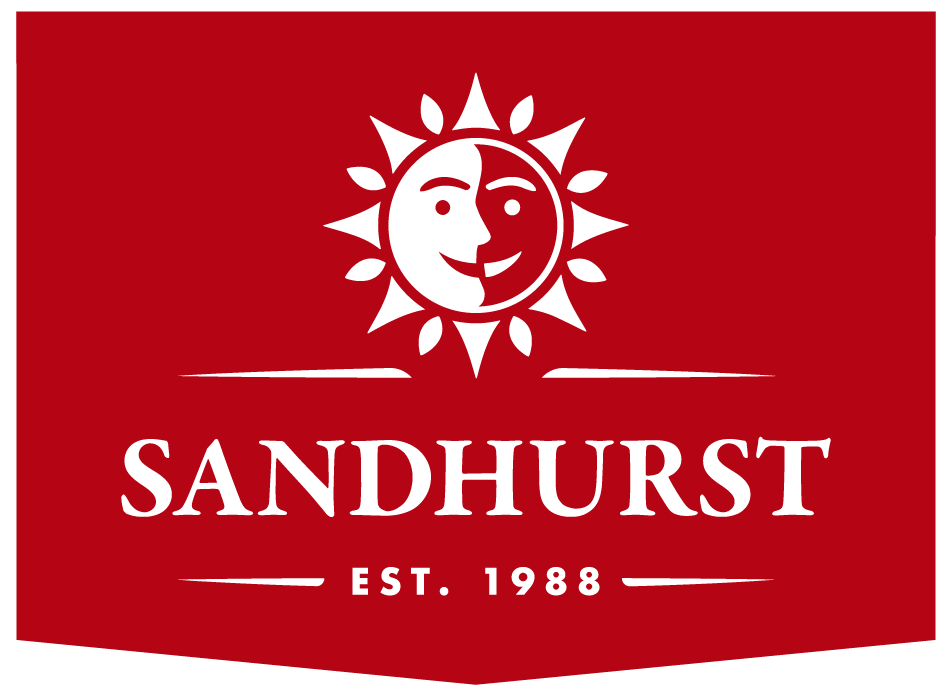Since 1913, the Italian canning industry has gone from producing Tomato Paste to transforming all varieties of peeled, chopped, diced and crushed tomatoes in cans/aseptics* varying from 200g to 200kg.
Today there are over 600 producers, exporters and brokers that participate in this industry.
Every year the number of producers gets smaller whilst the production from the big factories increases by around 10%.
Machinery is constantly being upgraded and the production speeds are increasing to well over 120 pieces per minute, for labelling and filling.
Most of the tomato products produced are actually produced ‘clean skin’, and are stored and labelled in line with customer demand.
The hard part is finding out if the ‘supplier’ IS actually the supplier or whether they are brokers, agents or re-labellers (or as most of them say “Yes we do it all”!)
Like everything Italian, it’s a case of North vs South, and who are the big players in the market?
The major canneries are predominantly privately owned in the south. These are usually two generation family businesses and the brands you commonly see are packed or labelled by them.
Co-Operatives are also prevalent but only function in the mid-north that are tied more to fruit juices and tetra packs rather than traditional canning operations. A co-op is usually owned by a group of farmers who then rely on the factory to manage their entire production. It’s not uncommon to have a food producer co-op representing over 1,000 farmers in a particular rural area.
Private companies in the north are the major brands such as Mutti as well as a host of private label houses that specialise in fine crushed tomato, industrial paste and chopped tomato. These are supplied in 200lt barrels for repacking into pasta sauces and pizza production.
The Can Code List – an idea of where and who made your tomatoes?
Is a listing of every can-code and the manufacturer associated with it. In some cases, there may be 2 can codes per product as the manufacturer will put his name on it and then the re-labeller will also stamp their origin on the product – ensuring that the expiry dates are always consistent!
Here is an example of the can code list:
| Italian Tomato Company Ltd | ITALT1 |
JULIAN DATE and YEAR FORMAT
The Italians will nominate a random letter to be representative of the year.
For example: 2018 was letter A and 2019 will NOT be “B” (they will generate a random letter at the start of production)
They then use the Julian code to determine the date of production – therefore a product made on Aug 25,2018 might be
A237 ITALT1 14:31
(Other packers us 8237 – where 8 represents 2018 and 237 is the 237th day of the year)
Meaning that it was made on Aug 25, 2018 by Italian Tomato Company (a made-up name) packed at 2.31 in the afternoon.
What is the best way to guarantee quality and consistency?
The Italians have a certain minimum standard so that the product is always to a reasonable standard compared to other countries. The fact that some cans are internally lacquered will mean a higher price. The jury is out on whether lacquering is beneficial as it does provide a layer of protection against bare metal HOWEVER there is concern that the ‘paint’ will flake into the food in minute particles hence providing more damage than benefit. The ring-pull (also known as easy-open) costs extra – around 3c per can – which is a big deal when the product can retail for under AUD$1.00
What are the common defects of canned tomatoes?
The most common is under-ripe fruit. Signs of Green and Yellow are always a common fault.
The liquid that they are packed in “Tomato Juice” can be made from the tomatoes that are being packed or it can also be made by mixing Tomato Paste with water (Passata or Tomato Puree).
Cheaper tomatoes have a very low-brix juice and it would lack any flavour so that you would essentially be throwing away the liquid and only using the tomato – a high brix syrup is valuable in cooking and provides added benefit when cooking and attempting to commence the reduction process (Which concentrates the flavours as well as enhancing the sauce flavour with the additives – e.g. Meats and Seafoods)
A great peeled tomato has a good quality tomato juice (Like a high quality Passata or Tomato Puree) that can be used in the recipes – hence you actually get more tomato by buying a better quality!
(NB: In most cases cheap tomatoes are NOT generally sold on the local Italian Market – they are primarily designed ONLY for EXPORT!)
Other defects are broken fruit, soft fruit and excessive skins and seeds.
A good peeled tomato must have clear juice inside when it is cut so that the water seeps out of the tomato and is an essential cooking liquid that must be evaporated during a pasta sauce cooking time (For peeled tomatoes it is around 45-60 minutes)
The market has moved dramatically over to Chopped as an alternative to Whole Peeled as the product is ready to be used in pasta sauces. The purists won’t accept this as a valid product as it has been adulterated and they will insist that the raw material isn’t of prime quality (They may be right as it was originally designed as a by-product of the ever-popular whole peeled!)
These-days, there are as many variants on chopped tomatoes as there are factories that produce them so getting a consistent product can be quite difficult.
CHOPPED/DICED/PEELED/CRUSHED
Generally, there are three types of tomato in cans – whole peeled where the actual tomato (long shape or ROMA) is peeled using heat rollers that burn off the skin. This affects the flavour and is generally an ‘old school’ product.
Diced Tomatoes are more common these days, simply put these are a long OR round tomato diced into pieces ranging from 10mm to 16mm (median is 12mm). These are packed in tomato juice depending on the clients specifications. These are also called Chopped Tomatoes OR Chunky Crushed Tomatoes.
Fine Crushed Tomatoes are where the dicing is LESS THAN 5mm. The cheaper ones are referred to as ‘fine crushed tomatoes’ and have a watery consistency. The wateriness is intended to be used to evaporate the sauces under cooking. These are also used for Mexican Salsa as well as some Indian and Thai dishes that use a thinner sauce that can be reduced. In some cases, a finely chopped tomatoes (MUTTI) are reduced for water (water level is reduced) and Passatta (Tomato Puree) is added to enhance the flavour and raise the brix level.** This results in a more concentrated, more consistent product that is an excellent base for Pasta and Pizza Sauces. Skins and seeds are seen as flavour enhancers and are permitted within the spec requirements.
SAN MARZANO is an area that is denomination/region protected. Many of the so called “San Marzano” tomatoes sold in export markets are simply a regular peeled tomato with a high price tag.
The San Marzano was originally a more bulbous tomato and suited more to hand peeling. The true SM is a very delicate product so finding a genuine one is quite difficult. Expect to pay at least double the price for the real San Marzano and insist on the origin certificates to avoid being ripped off.
SUMMARY
Italy produces arguably the best packed tomatoes in the world. A tradition that has come about due mainly to the demand of Italians all around the world that want the genuine article.
Fortunately there has been a re-emergence of quality vs price so that brands like Mutti are now leading the market not on price but on quality. It’s still a very cheap product so the cost of investing a few cents more can make an enormous difference on the quality of the finished product -be it Pasta Sauce, Pizza or Slow Cooked Meats and Roast Vegetables.
*aseptic packing is sterilized product packed under vacuum into sterilized bags – typically 200lt bags that are then hermetically sealed.
**Brix level – Brix is a unit of measurement to assess any dissolved solids in plant (fruit and vegetable) juices. These solids include amino acids, proteins, minerals, vitamins, and the sugars fructose and sucrose. A fresh tomato can range from 4 to 10 brix where 4 is poor and 10 is exceptional – high flesh and very little liquid.



